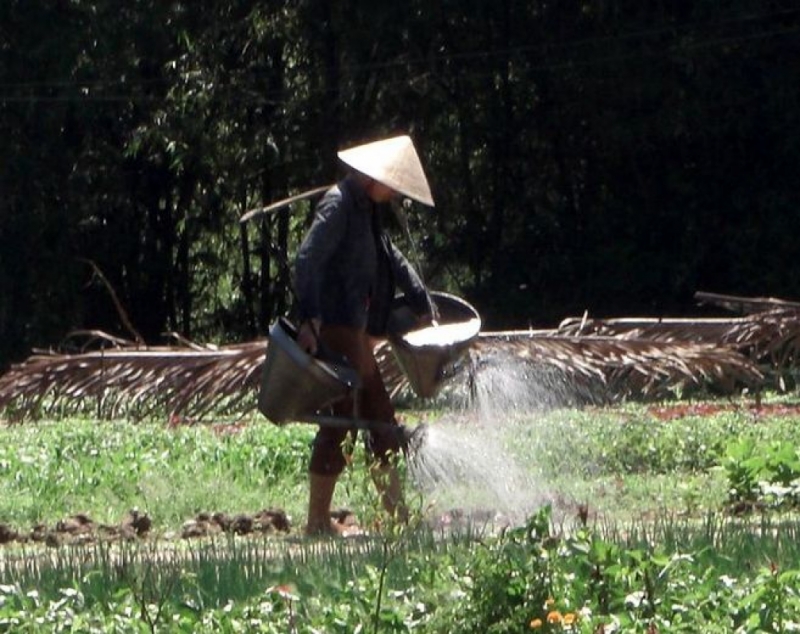




Since becoming a member of the ASEAN Free Trade Agreement in 1995, Vietnam's agricultural production and export has greatly improved, with the country's top exports including rubber, cotton, tea, peanut, and black pepper in addition to rice.
Despite this, much is still lost in both production and postharvest activities. In a 1999 report of the Australian Centre for International Agricultural Research (ACIAR), postharvest losses for paddy rice was around 13 – 16%. Improper storage technologies also lower product quality.
In both domestic and global markets, there is also a strong demand for safe and clean agricultural products that meet quality standards. This is a major concern as the country has been known to use fertilizer extensively, and such practice can have strong impacts on the quality and safety of the agricultural products sold in the market.
Ensuring high agricultural production while employing technologies and practices that will promote the quality and safety of products is therefore a big challenge for many Vietnamese farmers.
Improving safety and quality standards of production
The Asian Development Bank’s project on the quality and safety enhancement of agriculture products in 2009 had been a timely and welcome initiative.
More than the improvement in production, the project aimed to target the marketing side of the food value chain, investing in postharvest research and development, marketing, and product grading and certification. Part of this was linking the three sectors involved in marketing: producers, traders and consumers.
Overall, the project was designed to improve both agricultural production and the food value chain and bring safer food to consumers. The focus was on Vietnam's top three agricultural products: tea, fruits, and vegetables.
Possibly one of the most significant contributions of the project is the development of the Vietnam Good Agricultural Practices (VietGAP) for use in the production of the said crops. A crop food safety management system (CFSMS) was also developed which allowed for better monitoring and reporting on food safety using a provincial food safety index (PFSI). Because of these, certification agencies have also been created not just for the three agricultural products, but also for livestock and fisheries.
Capacity building was also an integral component of the project. More than 500 staff in various departments and agencies under the Ministry of Agriculture and Rural Development had undergone training on the food safety and quality certification system.
Providing infrastructural support
The project provided more than capacity-building; it also invested in agricultural infrastructure support including equipment. These included the building of additional market roads and access to water and electricity. Since waste management is also an integral factor in food safety, support also went into improving waste management systems and packing and processing facilities.
Indeed the program came at a time when a big majority of the Vietnamese consumers have started becoming more aware and conscious of the safety of the products sold in the market. The VietGap, which initially served as a quality control guideline for tea, fruits and vegetables, has become an integral ingredient in Vietnam's membership in the World Trade Organization (WTO). Now, with Vietnamese farmers more conscious in their agricultural practices, households in turn are assured of safe, clean, and nutritious foods on their table.